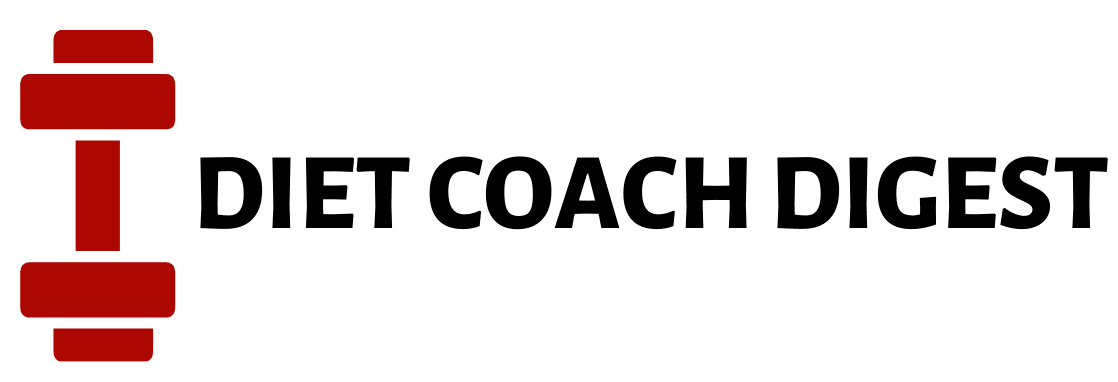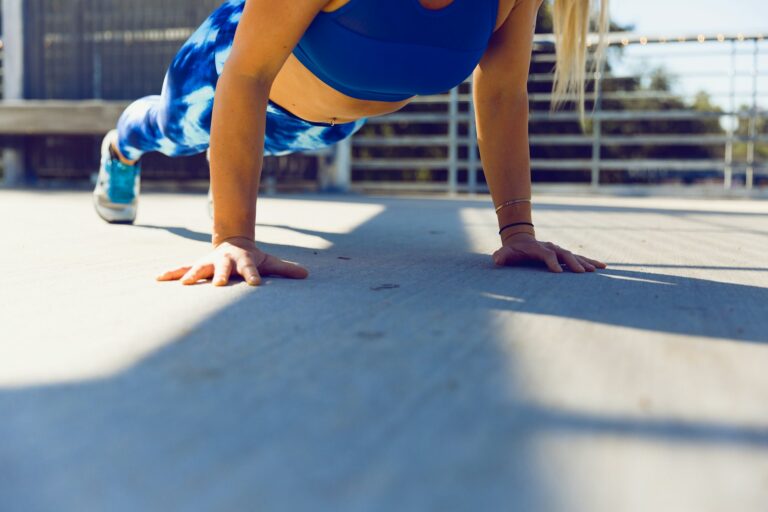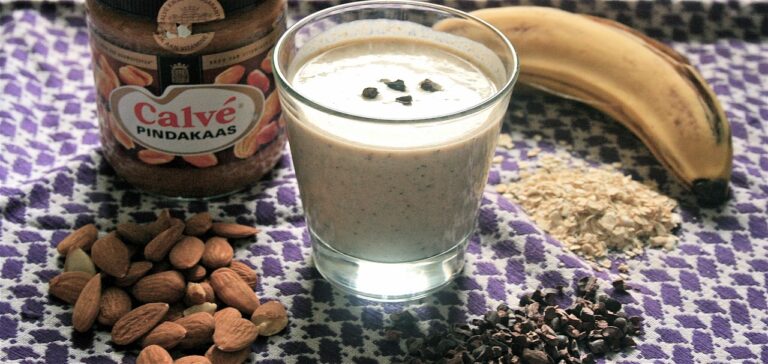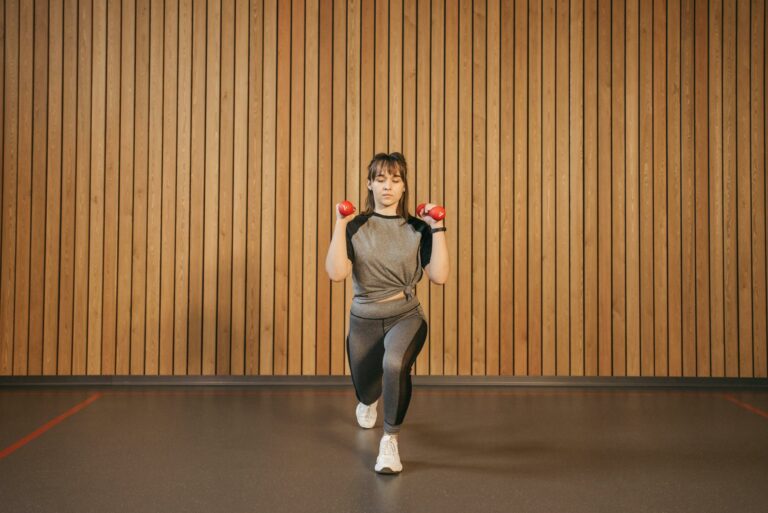Staying Fit After 40: Exercise and Nutrition Tips
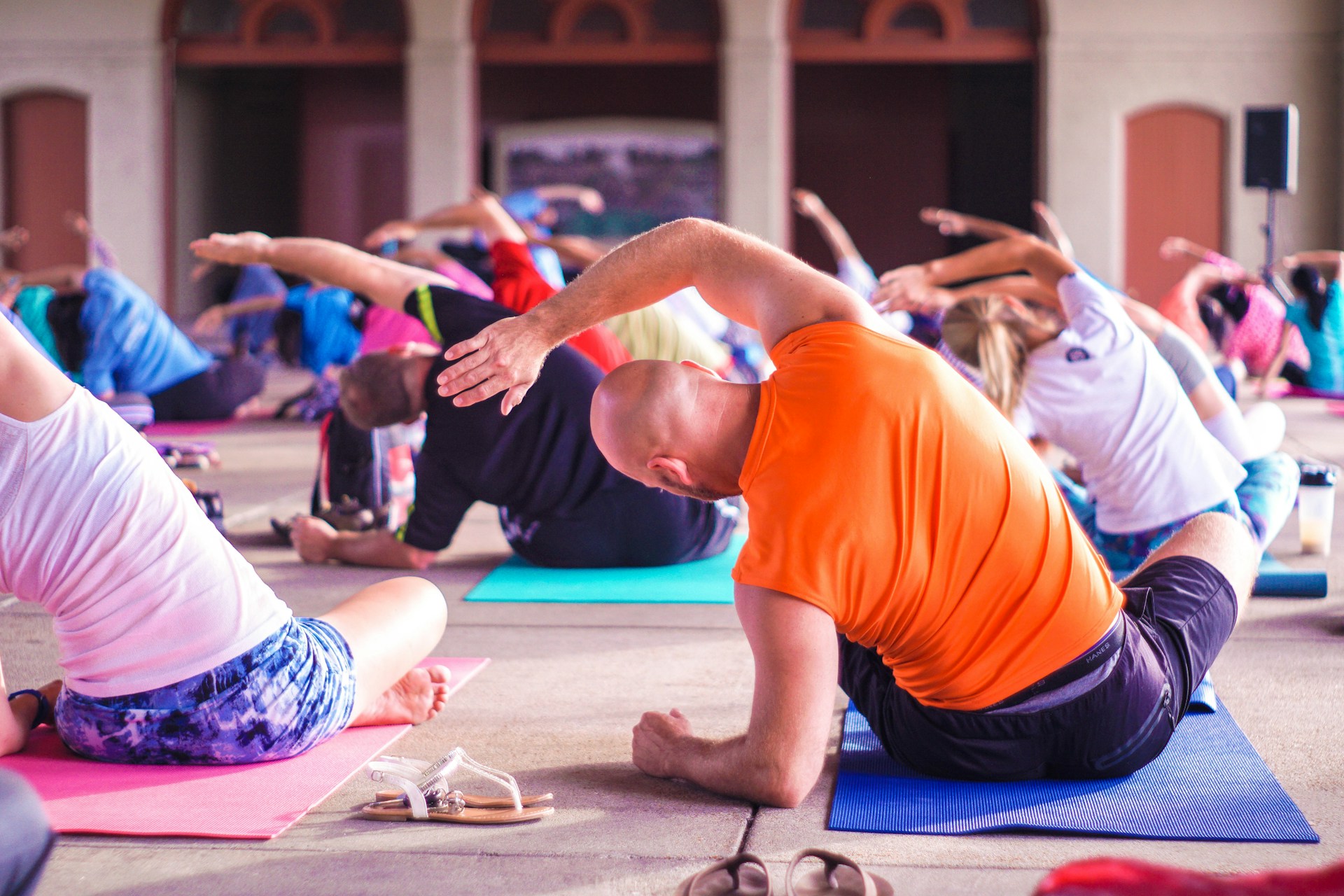
- Should You Train To Muscle Failure Every Set? What You Need To Know - March 4, 2025
- Nutrition in a Hurry: Top Post-Workout Snacks for Active People - February 20, 2025
- 15 Healthy Meal Prep Recipes: Your Weight Loss Made Easy - February 18, 2025
Staying active and maintaining a healthy diet becomes increasingly important as you reach the age of 40 and beyond. “Staying Fit After 40: Exercise and Nutrition Tips” highlights the essential strategies to help you stay in shape and feel your best. From adopting a workout routine suited to your changing body to making smarter nutritional choices, this article provides practical advice and cheerful encouragement. You’ll discover how to tailor your exercise plans, increase your energy levels, and enhance your overall well-being to enjoy a vibrant lifestyle. Whether you’re a fitness enthusiast or just starting your journey, you’ll find tips that are both realistic and attainable. Have you recently celebrated a milestone birthday and found yourself wondering how to stay fit after 40? You certainly aren’t alone! Many people mark their 40s as a turning point, when lifestyle changes often become more apparent and, for many, health and fitness come into sharper focus. Staying fit after 40 might seem challenging, but with the right exercise regimes and nutritional tips, it’s entirely achievable. Let’s dive into how you can maintain your zest and vigor even as the years roll on.
Understanding the Changes in Your Body After 40
Hitting the big four-oh often feels like flipping a new life’s chapter. Your body undergoes several changes, from slower metabolism to decreased muscle mass. Understanding these changes is the first step toward creating an effective fitness and nutrition plan.
Metabolism Slows Down
As you age, your metabolism begins to slow, meaning your body burns calories at a slower rate. This can lead to weight gain if your diet and exercise routines aren’t adjusted accordingly.
Muscle Mass Decreases
After 40, the natural aging process causes a decline in muscle mass. This loss can affect your strength, balance, and metabolism. Incorporating strength training into your routine can mitigate this decline.
Bone Density Reduction
Bone density tends to decrease around this age, making you more susceptible to fractures and osteoporosis. Weight-bearing exercises and proper nutrition can help maintain bone health.
Changes in Hormonal Levels
Both men and women experience hormonal changes that can impact muscle mass, fat distribution, and energy levels. A balanced diet and regular exercise can help manage these changes effectively.
Exercise Tips for Staying Fit After 40
Now that you understand the changes your body is going through, let’s explore how exercise can help you stay fit and healthy. Incorporating a mix of both cardiovascular activities and strength training is crucial.
Cardiovascular Exercise
Cardio exercises improve your heart health, boost your mood, and help with weight management. Aim to include at least 150 minutes of moderate-intensity or 75 minutes of high-intensity cardio activities each week.
Examples of Cardiovascular Activities:
| Activity | Description |
|---|---|
| Walking | Simple, cheap, and effective |
| Running | Boosts cardiovascular health significantly |
| Swimming | Low-impact and works multiple muscle groups |
| Cycling | Great for joint health and heart function |
| Dance Fitness | Fun and effective for burning calories |
Strength Training
Strength training is essential for maintaining muscle mass, improving strength, and enhancing bone density. Aim to engage in strength training exercises at least two times a week.
Examples of Strength Training Exercises:
| Exercise | Targeted Muscles |
|---|---|
| Weightlifting | Builds overall strength |
| Resistance Bands | Improves muscle tone and strength gradually |
| Bodyweight Exercises | Push-ups, squats, and lunges |
| Pilates | Enhances core strength and flexibility |
Flexibility and Balance Training
Flexibility and balance activities help reduce the risk of injury and improve your overall mobility. These exercises should be included in your routine multiple times a week.
Examples of Flexibility and Balance Exercises:
| Exercise | Benefits |
|---|---|
| Yoga | Enhances flexibility and reduces stress |
| Tai Chi | Improves balance and reduces fall risk |
| Stretching | Maintains muscle elasticity and flexibility |
High-Intensity Interval Training (HIIT)
HIIT involves short bursts of high-intensity exercise followed by rest periods. This form of training is effective for burning calories and improving cardiovascular health in a shorter time frame.
Practical Tips for Integrating Exercise Into Your Routine
- Start Slow and Build Gradually: If you’re new to exercising or it’s been a while, start slowly to avoid injuries.
- Mix It Up: Variety prevents boredom and challenges different muscle groups.
- Set Realistic Goals: Setting short-term and long-term goals keeps you motivated.
- Seek Professional Advice: Consider hiring a personal trainer to create a tailored plan.
- Listen to Your Body: Rest when you need to and never ignore persistent pain.
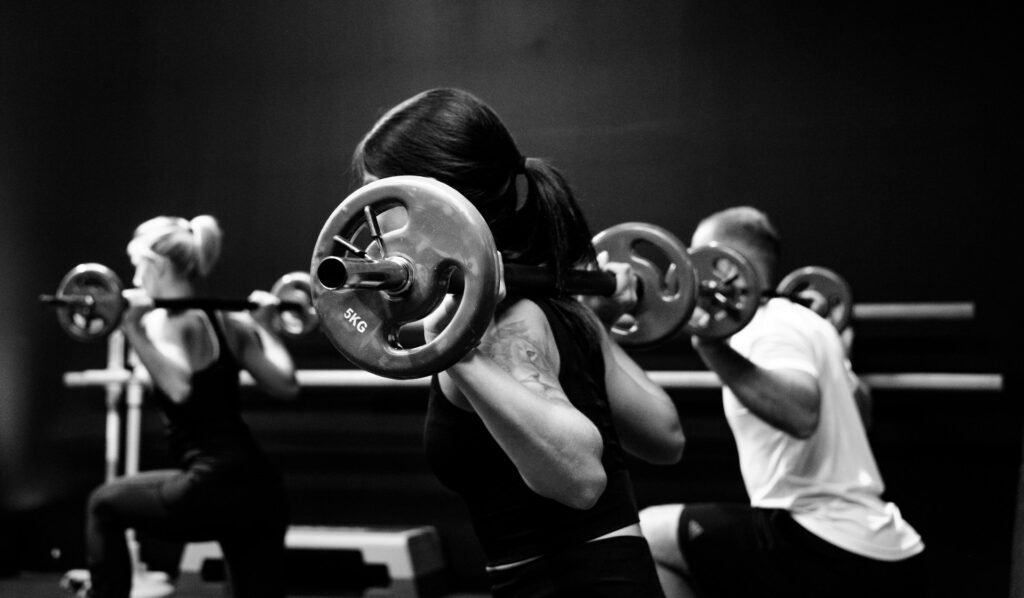
Nutrition Tips for Staying Fit After 40
Your nutritional needs change as you age. What worked in your 20s and 30s might need tweaking. A balanced diet supplies essential nutrients, supports your exercise routine, and helps combat age-related health concerns.
Balanced Diet Basics
A balanced diet includes a variety of foods to ensure you get all the essential nutrients. Focus on whole foods and minimize processed foods and added sugars.
Components of a Balanced Diet:
| Nutrient | Sources |
|---|---|
| Protein | Lean meats, fish, eggs, dairy, legumes |
| Healthy Fats | Avocados, nuts, seeds, olive oil |
| Carbohydrates | Whole grains, fruits, vegetables |
| Fiber | Vegetables, fruits, whole grains, legumes |
| Vitamins & Minerals | Vegetables, fruits, lean meats, dairy |
Importance of Protein
Protein is crucial for muscle maintenance and repair. After 40, incorporating enough protein in your diet can help counteract muscle loss.
Protein-Rich Foods:
| Food | Protein Content |
|---|---|
| Chicken Breast | High in protein, low in fat |
| Fish | Rich source of protein and omega-3 fatty acids |
| Greek Yogurt | High protein, good for gut health |
| Lentils | Excellent plant-based protein |
| Eggs | Versatile and nutrient-dense |
Managing Your Macros
Understanding macronutrients (proteins, fats, carbohydrates) can help you tailor your diet to fit your fitness goals. Each serves unique roles in the body:
- Protein: Muscle repair and immunity support.
- Fats: Energy source and hormone production.
- Carbohydrates: Primary energy source.
Hydration is Key
Staying hydrated is fundamental at any age, but more so as you get older. Water supports metabolism, digestion, and overall cellular function.
Tips for Staying Hydrated:
- Drink a Minimum of 8 Glasses a Day: Adjust based on your activity level.
- Carry a Water Bottle: Always have water on hand.
- Eat Water-Rich Foods: Fruits and vegetables can contribute to your daily water intake.
- Limit Diuretics: Reduce your intake of caffeine and alcohol, as they can dehydrate you.
Vitamins and Minerals: What to Focus On
Certain vitamins and minerals become even more crucial after 40. Calcium, vitamin D, magnesium, and vitamin B12 are some you should focus on.
Vitamins & Mineral Sources:
| Nutrient | Sources |
|---|---|
| Calcium | Dairy, leafy greens, fortified foods |
| Vitamin D | Sunlight, fatty fish, fortified milk |
| Magnesium | Nuts, seeds, whole grains, leafy greens |
| Vitamin B12 | Meat, dairy, fortified cereals |
Lifestyle Tips to Support Your Fitness Goals
Staying fit after 40 isn’t just about diet and exercise. Lifestyle choices also play a vital role. Let’s explore some holistic tips that can enhance your overall well-being.
Quality Sleep
Sleep is the body’s natural way to restore and repair. Aim for 7-9 hours of quality sleep each night. Poor sleep can affect your metabolism, mental health, and physical performance.
Tips for Quality Sleep:
- Maintain a Regular Sleep Schedule: Go to bed and wake up at the same time each day.
- Create a Sleep-friendly Environment: Keep your bedroom cool, dark, and quiet.
- Limit Screen Time Before Bed: Reduce exposure to blue light from screens.
- Practice Relaxation Techniques: Consider reading or meditation before bed.
Stress Management
High-stress levels can lead to weight gain, disrupt sleep, and negatively impact mental health. Effective stress management techniques can make a world of difference.
Stress Management Techniques:
- Practice Mindfulness and Meditation: Helps reduce anxiety and improves focus.
- Engage in Hobbies: Find joy in activities you love to reduce stress.
- Exercise Regularly: Physical activity is a proven stress-buster.
- Seek Social Support: Keep in touch with friends and family.
Regular Health Screenings
Regular health check-ups can catch potential issues early and keep you on track with your fitness goals. Screenings for blood pressure, cholesterol, and diabetes are particularly important.
Avoiding Harmful Habits
Some lifestyle habits can derail your fitness goals. If you smoke or drink excessively, these habits can negatively affect your health.
Tips for Avoiding Harmful Habits:
- Seek Professional Help: Programs and support groups can be very helpful.
- Set Small, Achievable Goals: Start by reducing the habit gradually.
- Find Healthier Alternatives: Replace harmful habits with healthier options.
Mental Health
Mental well-being is just as important as physical health. Balancing both can make your fitness journey more enjoyable and sustainable.
Ways to Support Mental Health:
- Stay Connected: Social interactions with friends and family.
- Keep Active: Regular exercise can improve mood and reduce anxiety.
- Pursue Passion Projects: Engaging in activities you love boosts mental well-being.
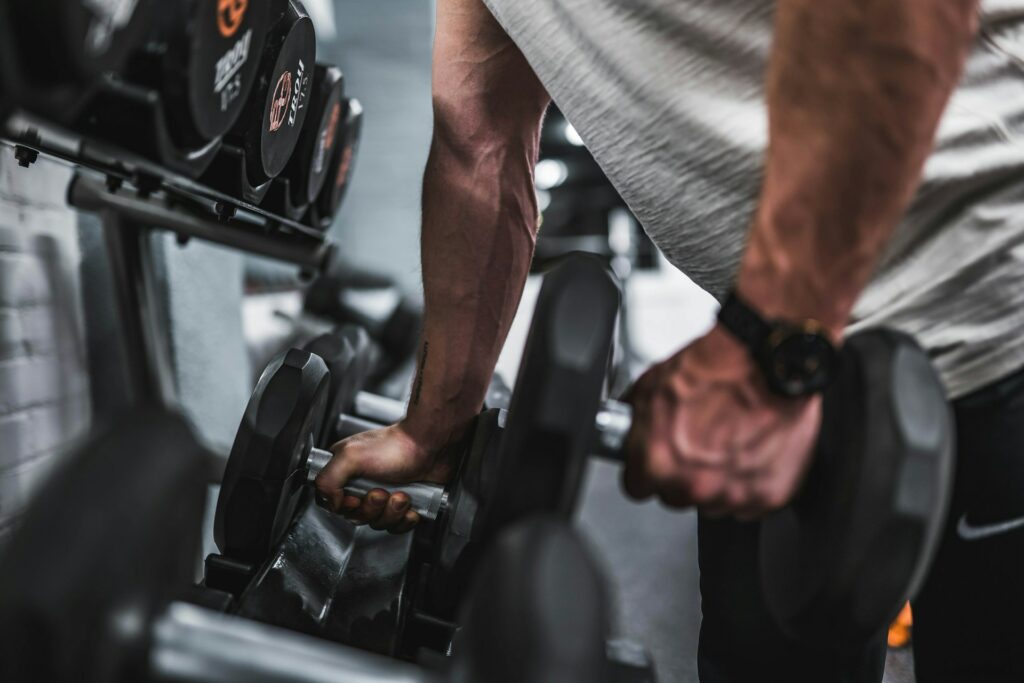
Personalizing Your Fitness and Nutrition Plan
Every individual is unique, and what works for one person might not work for another. Personalizing your fitness and nutrition plan according to your lifestyle, preferences, and goals can lead to long-term success.
Assess Your Current Fitness Level
Before diving into a new exercise regimen, assess your current fitness level. This can guide you in setting realistic, achievable goals.
How to Assess Your Fitness Level:
- Cardio Health: See how long you can briskly walk or run without discomfort.
- Strength: Test how many push-ups or squats you can perform.
- Flexibility: Assess how flexible you are by attempting basic stretches.
- Body Composition: Measure your weight, BMI, and body fat percentage.
Set Realistic, Achievable Goals
Having clear, realistic goals keeps you motivated and on track. Break down your goals into short-term and long-term categories.
Examples of Goal Setting:
| Goal Type | Example |
|---|---|
| Short-Term | Walk 10,000 steps a day for a month |
| Long-Term | Lose 20 pounds in six months |
| Short-Term | Add 10 pounds to your bench press in 8 weeks |
| Long-Term | Complete a half-marathon in a year |
Tailor Your Diet to Fit Your Needs
Everyone’s nutritional needs differ based on activity level, medical conditions, and personal preferences. Tailor your diet to suit your specific needs.
Steps to Tailor Your Diet:
- Consult a Dietitian: Professional guidance can be invaluable.
- Track Your Food Intake: Understand what you’re currently eating.
- Identify Nutrient Gaps: Use your diet as a tool to fill any gaps.
- Plan Your Meals: Tailored meal plans can help you stick to your goals.
Stay Flexible and Adaptable
Your body and needs will change over time. Stay flexible and be willing to adapt your fitness and nutrition plan as necessary.
Ways to Stay Flexible:
- Monitor Progress Regularly: Adjust your plan based on results.
- Stay Open to New Exercises or Foods: Variety can keep things interesting.
- Listen to Your Body: Make changes based on how you feel rather than rigidly sticking to a plan.
Conclusion
Staying fit after 40 is a journey that involves understanding your body’s changing needs, incorporating effective exercise routines, and adopting a balanced, nutritious diet. While it requires some adjustments and commitment, the rewards are immense—a healthier body, improved mental well-being, and a better quality of life.
Remember, it’s never too late to start. Whether you’re a fitness enthusiast or just beginning to focus on your health, these exercise and nutrition tips can help you achieve and maintain fitness well beyond your 40s. So lace up those sneakers, fill up your water bottle, and take the first step towards a healthier, fitter you. Here’s to thriving after 40!
Table of Contents
